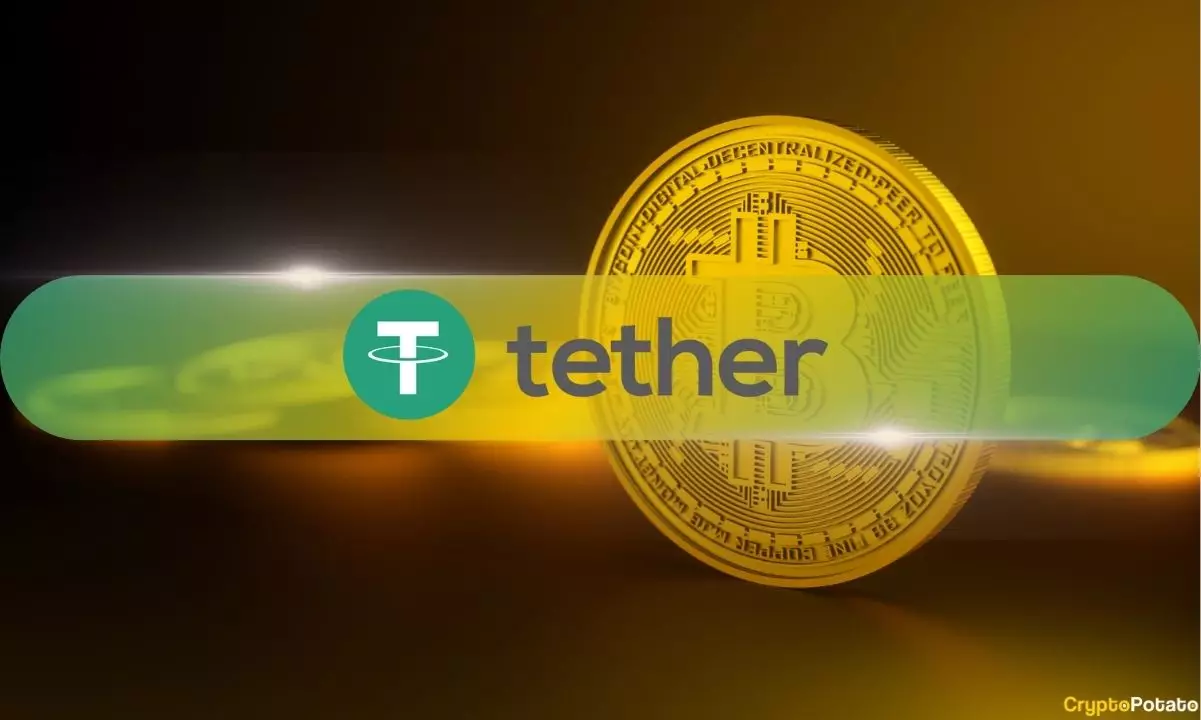Howard Lutnick’s anticipated role in boosting the U.S. cryptocurrency ecosystem is shaping up to be pivotal. As President-elect Donald Trump’s selection for Secretary of Commerce, Lutnick is poised to introduce an ambitious $2 billion financing initiative that allows clients to secure loans using Bitcoin as collateral. This is a significant development that indicates a shift towards integrating digital currencies within mainstream financial systems.
Expanding the Financing Framework
Lutnick’s proposed funding program aims to evolve into a massive investment endeavor, potentially reaching tens of billions of dollars, as sources from Bloomberg note. The initiation of such a project could legitimize Bitcoin as a dependable asset class, enabling a wider demographic of investors to engage with cryptocurrency while reducing risks associated with market fluctuations. This initiative not only signals confidence in Bitcoin but also reflects a strategic move towards bridging traditional finance with the burgeoning digital asset sector.
Cantor Fitzgerald, Lutnick’s financial services firm, already possesses a foothold in the digital currency space through its custodial services for Tether (USDT). Tether’s relationship with Cantor is integral, as it currently secures significant reserves in U.S. Treasuries. This financial backing affords Tether a level of stability that is critical for its operation as a major stablecoin. As Lutnick navigates his new governmental role, he plans to transition the management of Tether to his colleagues while his son Brandon, a trader at Cantor, maintains connections with the firm, having previously interned at Tether.
Tether’s Expanding Horizons
The foresight of Tether is reflected in its recent proclamations to diversify its profits into new opportunities. The partnership with Cantor Fitzgerald, which recently reported a significant ownership stake valued up to $600 million, further reinforces the strategic movements within this sector. Adam Back, a notable figure in the Bitcoin community, raised questions about the valuation of Tether but signified confidence in the revenue generation potential tied to interest rates on treasuries.
Despite Tether’s successes, it has not been without its challenges. Reports from the Wall Street Journal aimed to spotlight regulatory scrutiny on Tether, igniting fears regarding compliance with anti-money laundering laws. However, Tether’s CEO dismissed these claims as outdated, indicating a possible shift in regulatory focus under a more crypto-friendly administration. This anticipated transition could herald an era of fewer obstructions, promoting greater investor confidence in stablecoins and the broader crypto market.
The overall ascension of Tether’s market dominance, alongside the rising market cap of stablecoins, illustrates a renewed vigor in digital asset investment. As Lutnick’s initiatives take form, the interplay between Bitcoin financing, compliance, and institutional support will shape the future of cryptocurrency within the United States. The intersection of these facets holds the potential to redefine the traditional landscape of financial investment in the digital age, paving the way for Bitcoin to attain a more esteemed position as a critical asset class.
















Leave a Reply